10 Iconic 1980s Fantasy Movies Every Fan Should Know—Yet Many Still Don’t
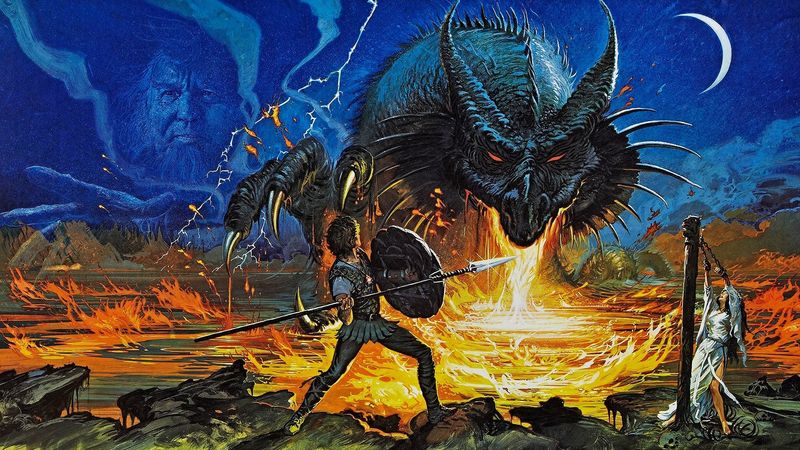
The 1980s were a golden age for fantasy movies, giving us classics that defined childhood for an entire generation. While everyone knows about The Princess Bride and The NeverEnding Story, there’s a treasure trove of fantasy gems from this era that remain unfairly overlooked. These films blend magical storytelling with practical effects that have a charm CGI can’t replicate. Let’s uncover 10 iconic fantasy adventures from the ’80s that deserve a spot in every fan’s collection.
1. Ladyhawke (1985)
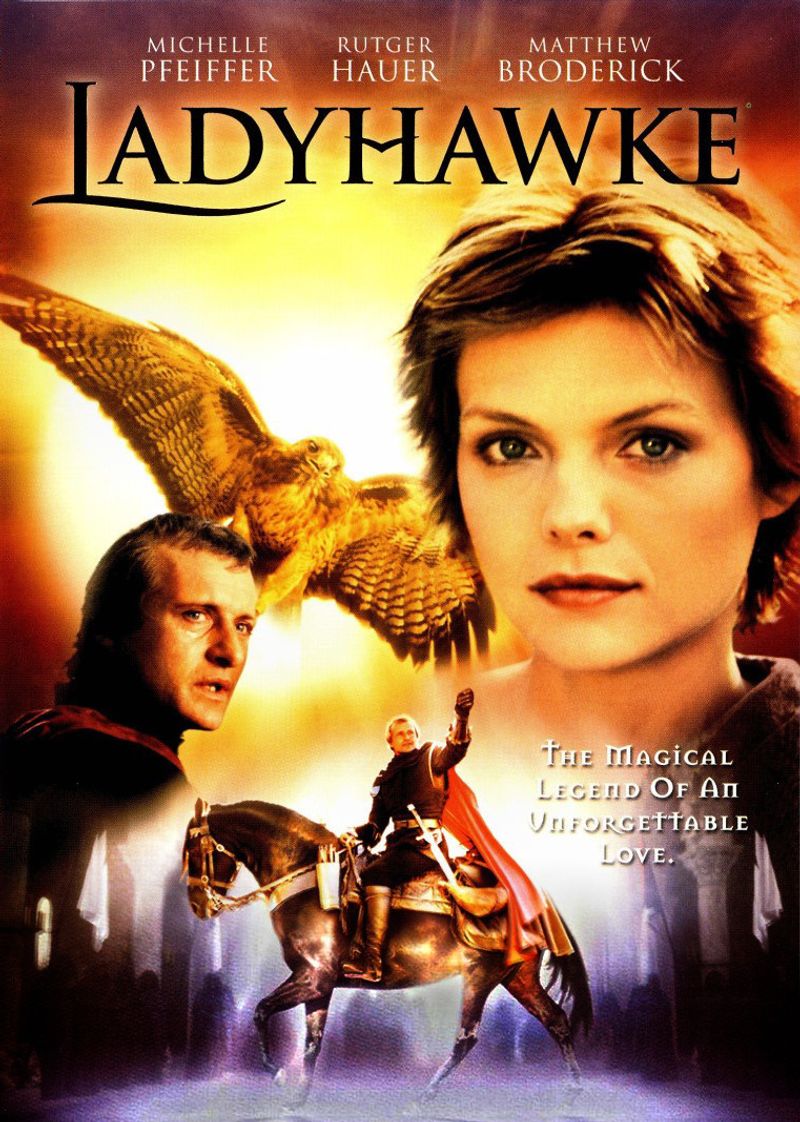
Medieval romance meets dark magic in this haunting tale of two lovers transformed by a jealous bishop’s curse. By day, Isabeau becomes a hawk while Navarre walks as a man. By night, she returns to human form as he transforms into a wolf. They exist together yet eternally apart, never able to touch.
Rutger Hauer and Michelle Pfeiffer deliver performances that make you ache for their impossible love. The film’s sweeping landscapes and Richard Donner’s direction create a world where magic feels dangerously real.
Fun fact: The Ladyhawke score was composed by Andrew Powell and produced by Alan Parsons of the Alan Parsons Project. Its unusual mix of orchestral music with 1980s synthesizer rock divided critics at the time but has since become part of the film’s quirky charm.
2. Dragonslayer (1981)

Before Game of Thrones made fantasy brutal, Dragonslayer delivered a surprisingly dark tale of sacrifice and courage. Young sorcerer’s apprentice Galen inherits his master’s quest to slay Vermithrax Pejorative, arguably cinema’s most terrifying dragon ever created.
What sets this film apart is its moral complexity. The kingdom’s corrupt lottery sacrifices virgins to appease the beast, while religious figures prove powerless against real evil.
Industrial Light & Magic’s go-motion animation created a dragon so convincing that modern CGI still struggles to match its physical presence and menace. The lake of dragon hatchlings feeding on human remains remains genuinely disturbing.
3. The Last Unicorn (1982)

“I am the only unicorn there is?” This haunting question launches one of animation’s most beautiful and melancholy journeys. The Rankin/Bass production follows the last unicorn searching for her lost kind, only to experience the bittersweet pain of human love.
Voice performances by Mia Farrow, Christopher Lee, and Alan Arkin bring depth to characters wrestling with immortality, regret, and fading magic. The America soundtrack weaves unforgettable melodies through the story.
Unlike Disney’s offerings, this film doesn’t shield children from difficult emotions. Its unflinching look at loss and the Red Bull’s terrifying presence have left lasting impressions on generations of viewers who discovered its strange magic.
4. The Beastmaster (1982)
Sword-wielding Dar communicates telepathically with animals while seeking revenge against the sorcerer who murdered his village. His furry companions—two ferrets, a black tiger, and an eagle—steal every scene they’re in.
Marc Singer’s loincloth-clad hero represents everything gloriously excessive about ’80s fantasy. Director Don Coscarelli created set pieces that range from genuinely impressive (the bat people sequence) to delightfully bizarre (the slimy creatures that dissolve victims in their wings).
HBO’s constant replays in the ’80s earned it the nickname “Hey, Beastmaster’s On!” Though critics dismissed it, the film’s earnest adventure, practical creatures, and commitment to its wild premise created an enduring cult classic that captures the era’s untamed imagination.
5. The Company of Wolves (1984)
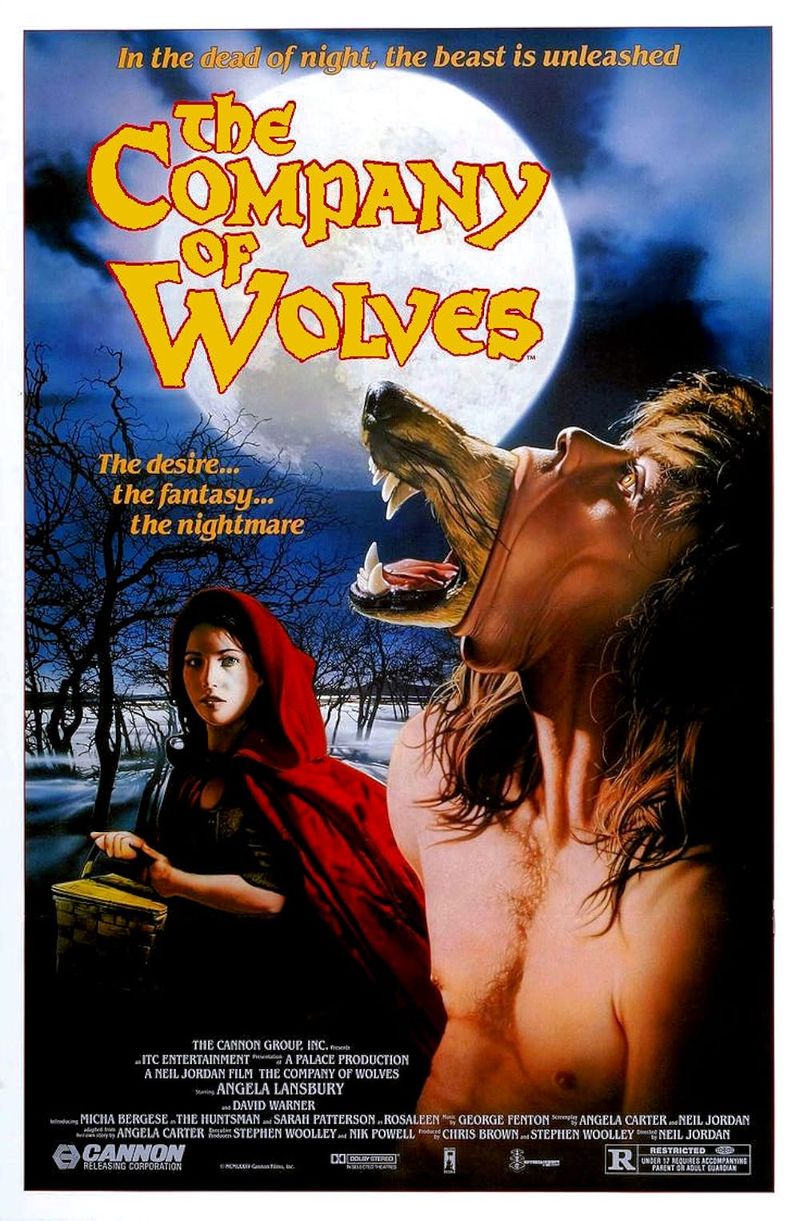
Angela Carter’s feminist werewolf tales transform into a fever dream of adolescent awakening in this Neil Jordan masterpiece. The film unfolds as stories within stories, all centered on a sleeping girl’s nightmares about wolves that walk as men.
Practical transformation effects still shock today—a wolf literally tears through a man’s face, revealing the beast beneath human skin. Sarah Patterson’s innocent Rosaleen navigates a forest of symbolic dangers while Angela Lansbury delivers warnings as her grandmother.
Neither fully horror nor traditional fantasy, the film exists in a twilight realm where fairy tales reveal their bloody origins. Its dreamy atmosphere, rich symbolism, and sexual undertones create a uniquely unsettling experience that influenced fantasy storytelling for decades.
6. Fire & Ice (1983)
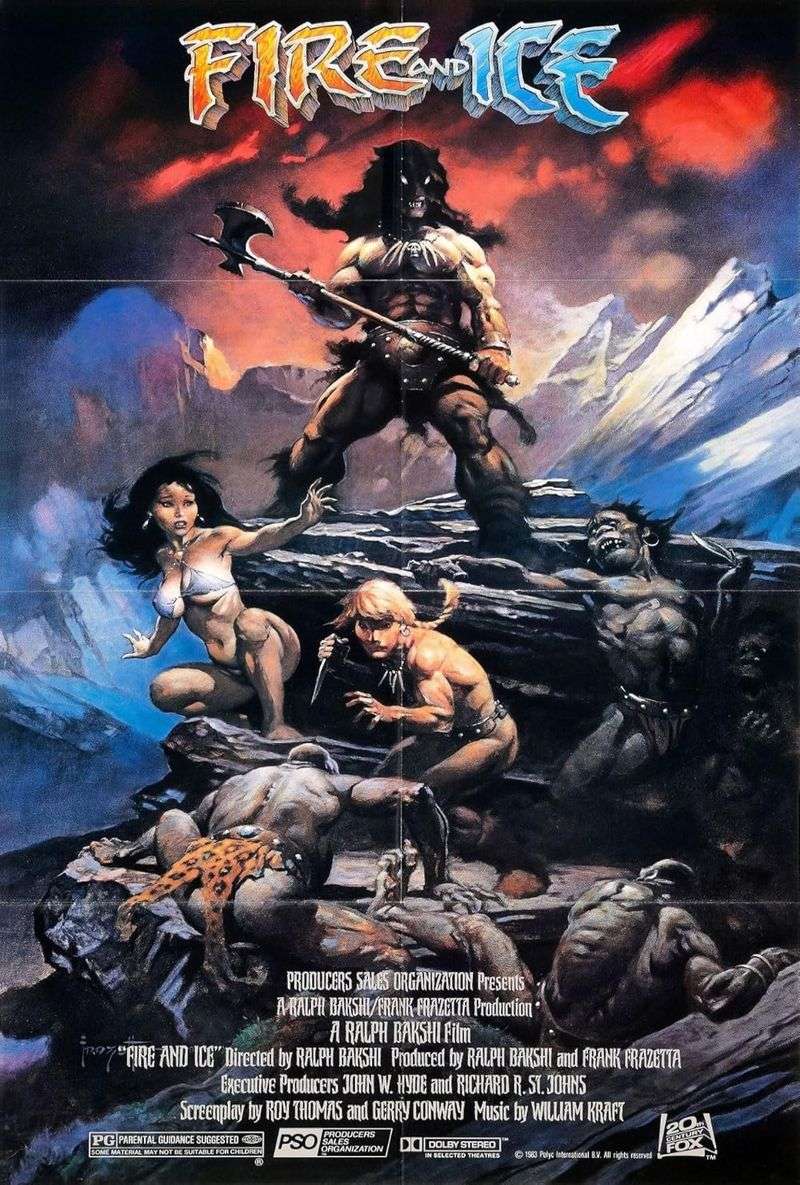
Legendary fantasy artist Frank Frazetta joined forces with animation maverick Ralph Bakshi to create the ultimate sword-and-sorcery spectacle. Using rotoscoping—filming live actors then tracing animation over the footage—they brought Frazetta’s muscled heroes and voluptuous heroines to life with unprecedented fluidity.
The plot is gloriously straightforward: ice lord Nekron threatens the Fire Keep while hero Larn and mysterious Princess Teegra fight to stop him. What elevates it is the raw, primal energy that pulses through every frame.
The film embraces its pulpy roots without apology. Warriors battle with brutal efficiency while barely dressed characters navigate a world of dinosaurs, primitive tribes, and elemental magic. Every frame could hang in a fantasy art gallery.
7. The Sword and the Sorcerer (1982)
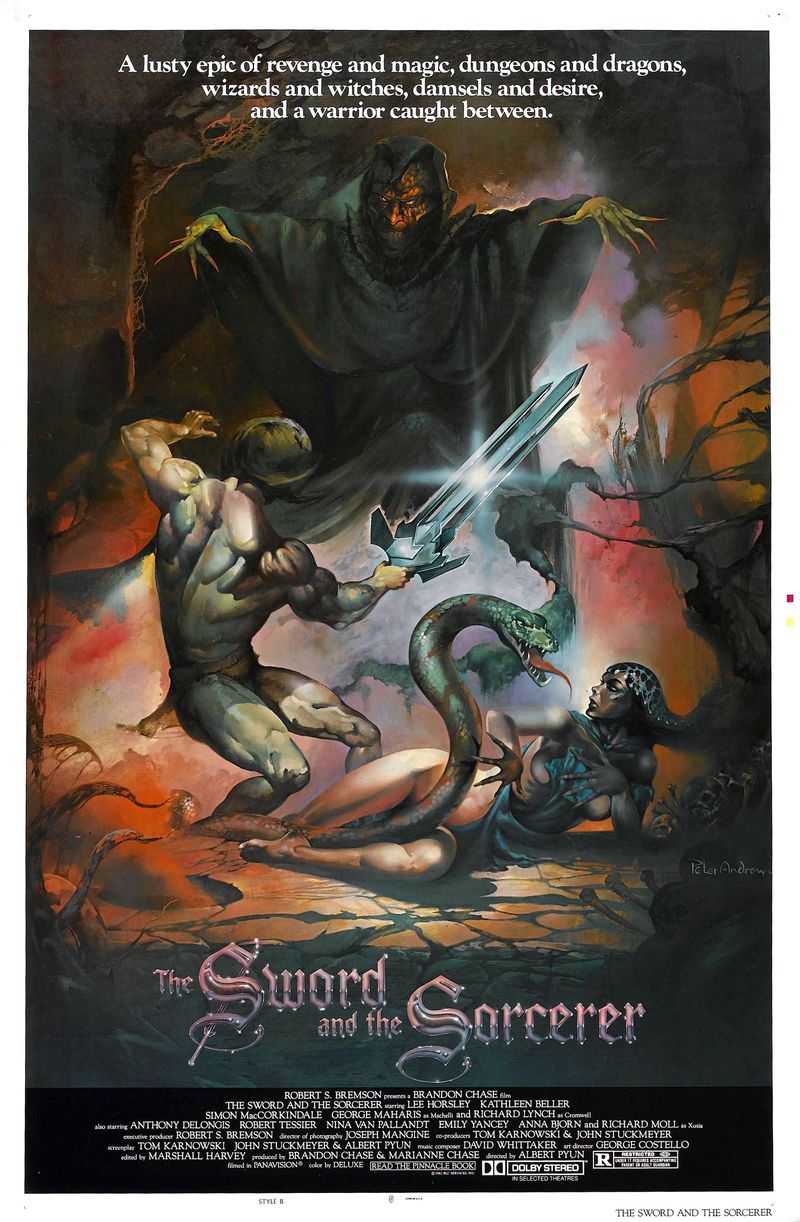
Prince Talon wields cinema’s most ridiculous weapon—a three-bladed sword that can shoot two of its blades like missiles—in this gloriously excessive adventure. After his parents are murdered by evil King Cromwell and sorcerer Xusia, Talon becomes a mercenary before returning for revenge.
Albert Pyun’s direction embraces every fantasy trope with enthusiasm. Blood spurts, sorcerers decompose on screen, and princesses need rescuing. Lee Horsley’s charismatic Talon smirks through increasingly absurd scenarios with swashbuckling charm.
Made for just $4 million, the film earned over $39 million, proving audiences craved fantasy that didn’t take itself too seriously. Its combination of horror elements, action sequences, and unrestrained imagination makes it the perfect midnight movie experience.
8. Quest for Fire (1981)
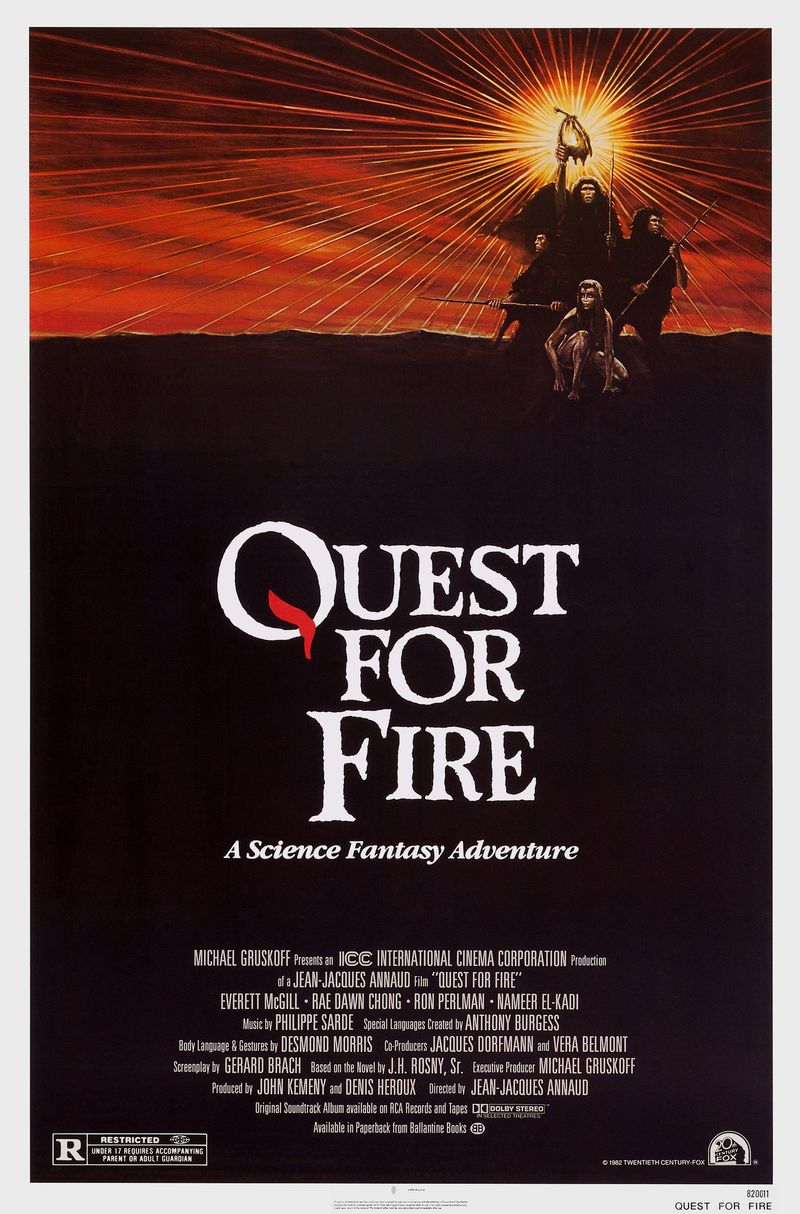
Though technically prehistoric fiction rather than traditional fantasy, Jean-Jacques Annaud’s masterpiece feels like witnessing the birth of human mythology. Set 80,000 years ago, the film follows three Ulam tribesmen searching for fire after their clan’s precious flame is extinguished.
Without dialogue (anthropologist Desmond Morris created authentic prehistoric body language while Anthony Burgess developed primitive languages), the film communicates through pure visual storytelling. The trio encounters cannibals, saber-tooth tigers, and the more advanced Ivaka tribe.
Ron Perlman makes his film debut in heavy makeup as one of the questers. The film’s authentic approach to prehistoric life, including its unflinching portrayal of violence and sexuality, creates an immersive experience that feels like watching humanity’s earliest fantasy stories being lived rather than told.
9. Sheena (1984)

Former Charlie’s Angel Tanya Roberts swings through the African wilderness as Sheena, an orphaned girl raised by a mystical tribe and gifted with the ability to telepathically communicate with animals. When her peaceful existence is threatened by greedy developers, she becomes a fierce defender of her jungle home.
Based on a 1930s comic book character (one of the first female heroes to headline her own series), the film embraces its pulp origins. Sheena rides zebras, commands elephants, and generally looks magnificent in her minimal jungle attire.
Director John Guillermin captured genuine African landscapes and wildlife, giving the film an exotic authenticity despite its campy elements. Its blend of mysticism, environmentalism, and unabashed ’80s cheese makes it a unique fantasy time capsule.
10. Erik the Viking (1989)
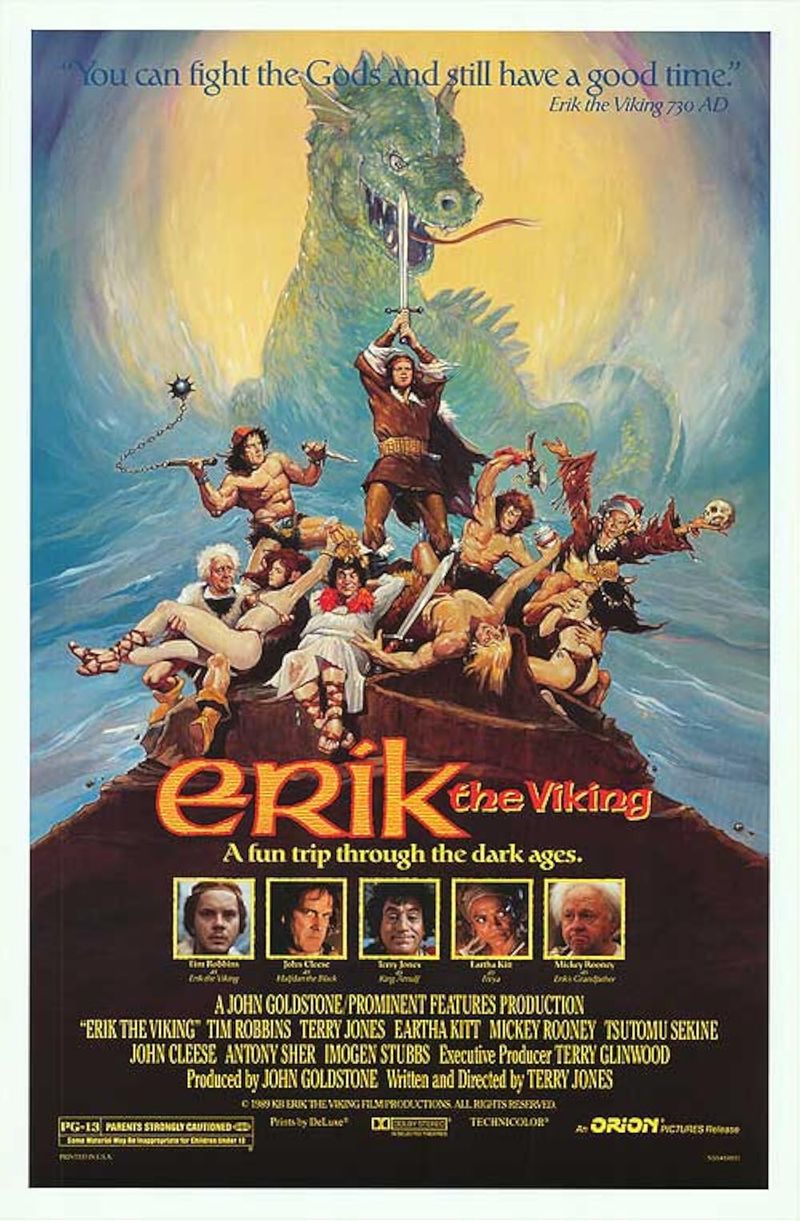
Monty Python’s Terry Jones directed this satirical take on Viking sagas starring Tim Robbins as a reluctant raider seeking to end Ragnarök—the endless winter plaguing his world. His journey to Asgard involves assembling a crew of misfit Vikings including a Christian convert who keeps apologizing for pillaging.
John Cleese appears as the warlord Halfdan the Black, while Mickey Rooney, Eartha Kitt, and a host of British comedy legends fill out the bizarre supporting cast. The film’s standout sequence features an entire island kingdom slowly sinking while its inhabitants politely ignore their impending doom.
Despite uneven tone, the film’s blend of genuine Norse mythology, absurdist humor, and surprising moments of philosophical depth creates a fantasy comedy unlike anything else from the era. It questions violence and heroism while delivering ridiculous gags about dragon breath and berserker rage.

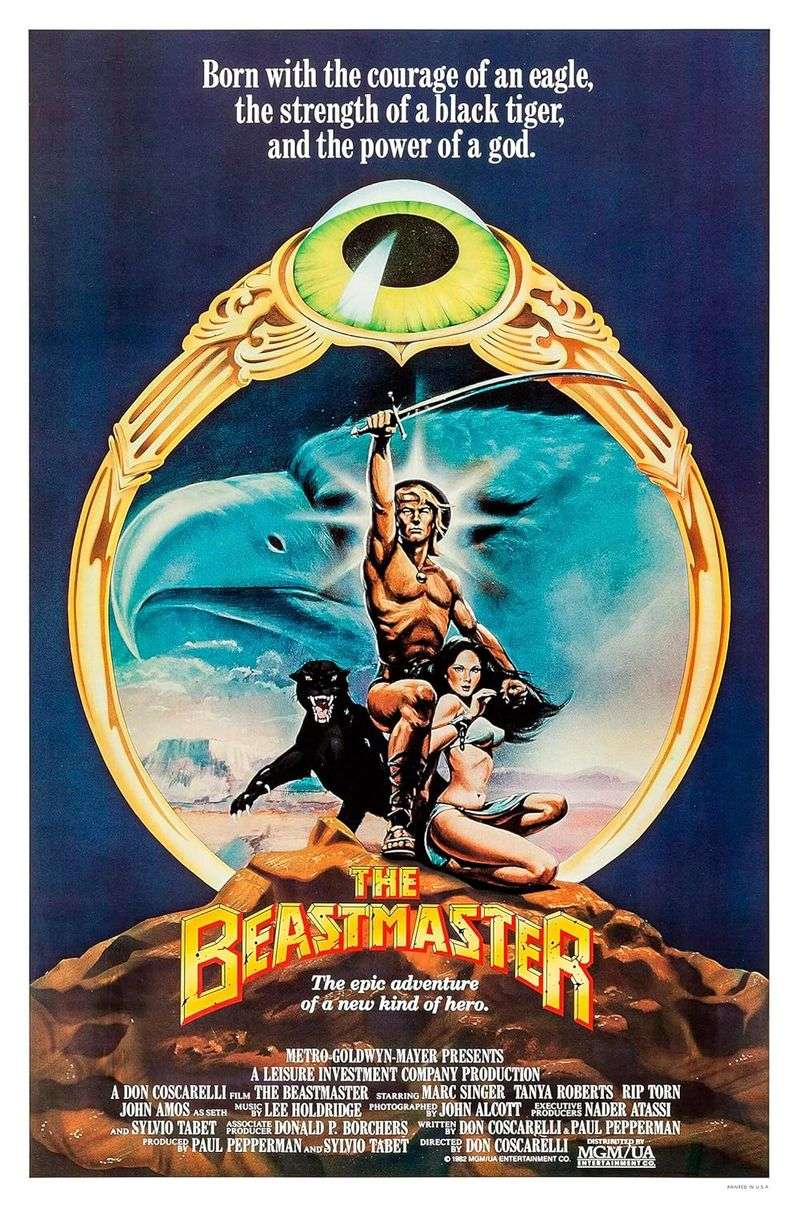
Comments
Loading…